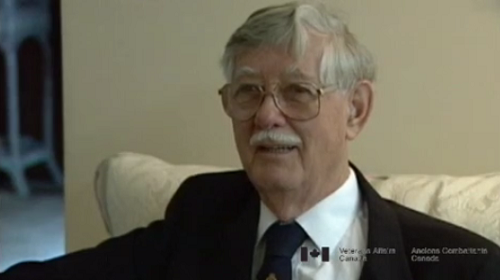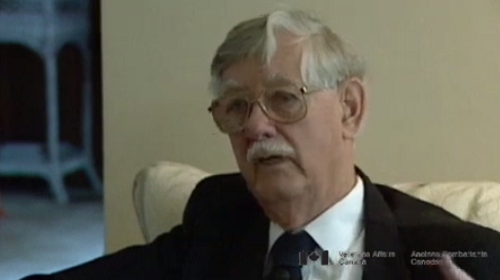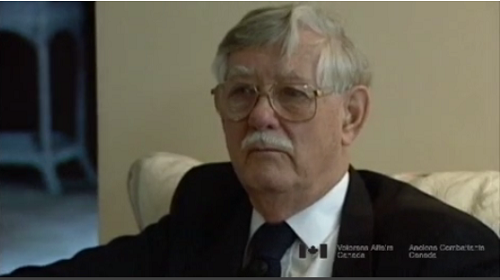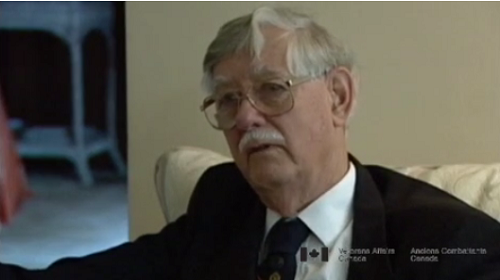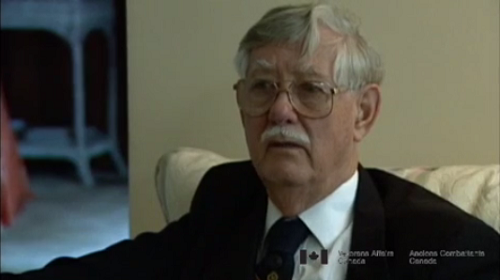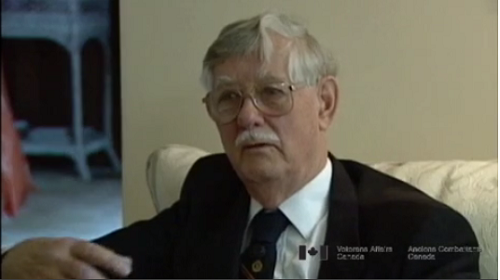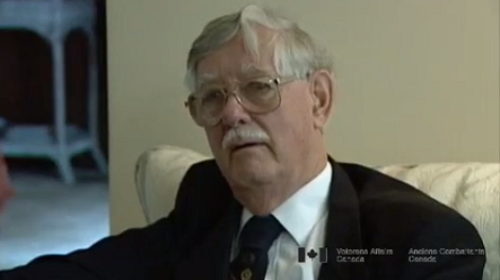Getting the Nerve to Fly
Heroes Remember
Getting the Nerve to Fly
All I can remember was a chap named Mort.
He was an Australian instructor I had and
I always remember the day he said,
“Look,” he said, “pull over here.”
And there was an old rail, split rail fence and
at one end it was just a grass field, a big grass
field and there was a couple of chaps with lights,
red and green, whether you'd come in
or go around, that sort of thing, and he
climbed out of the aircraft and I thought,
what's he doing, you know, and he says,
“I'm going over here to have a smoke.”
He smoked a pipe and he said,
“You go kill yourself!”
I always remember that to this day.
So, oh my God, here goes nothing,
so you're over and once you're in the air
you're scared silly and all you can
see is sky is full of planes, Tiger Moths,
you know, you come around and it took you
a little while to get enough nerve
enough to come back down.
I said, well I gotta get this bloody thing
down on the ground, so I come in and then,
of course, everybody, your mates grab
you and throw you in the pool and
you're a hero now, you know,
you've done the great thing and
you think you've challenged the world
but it was quite an experience.
Related Videos
- Date modified:



